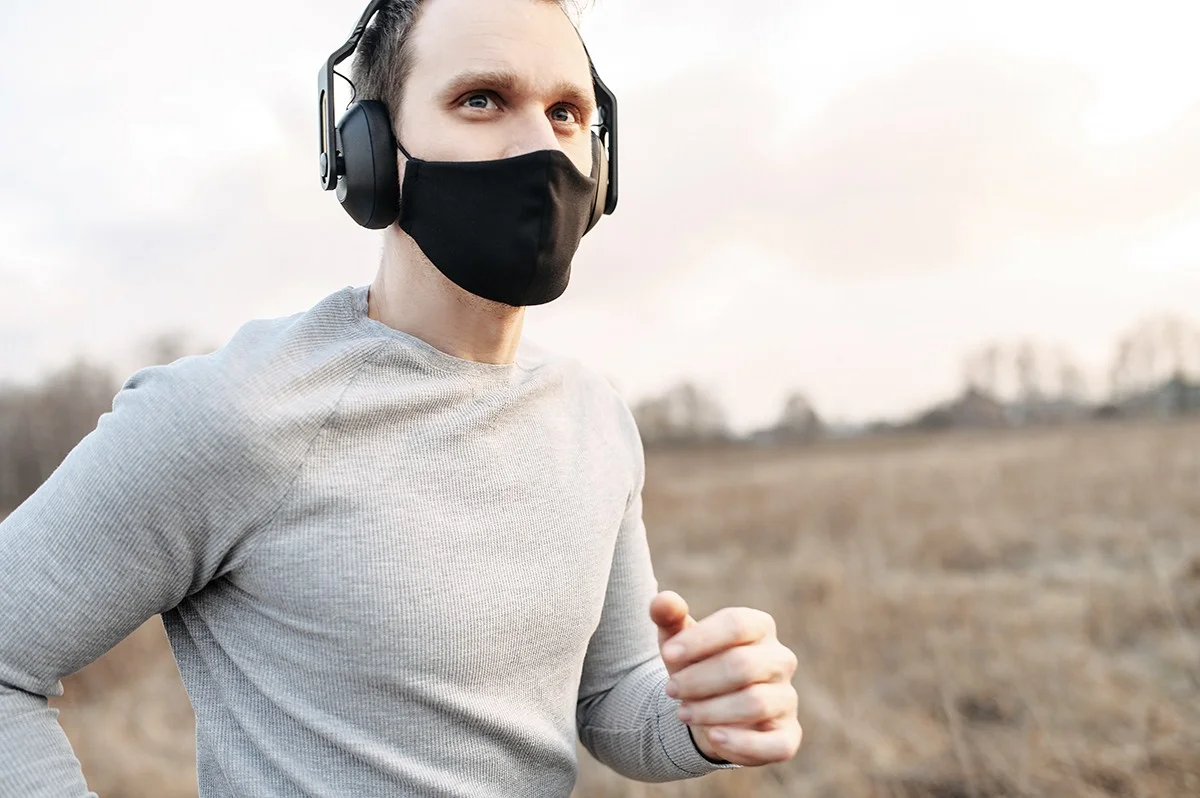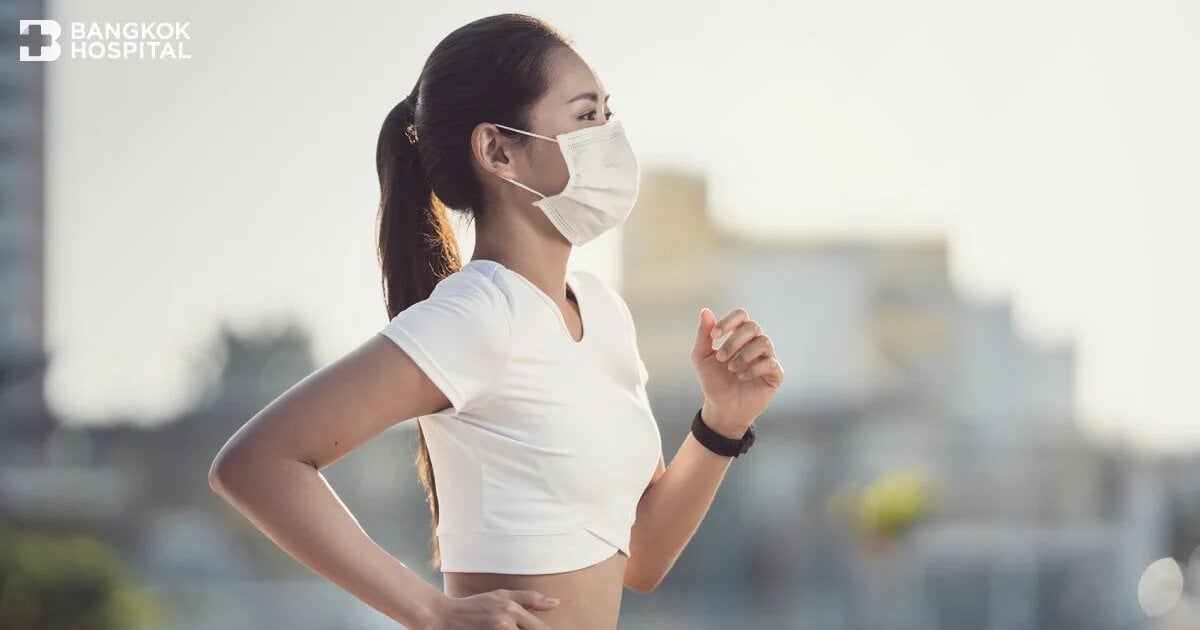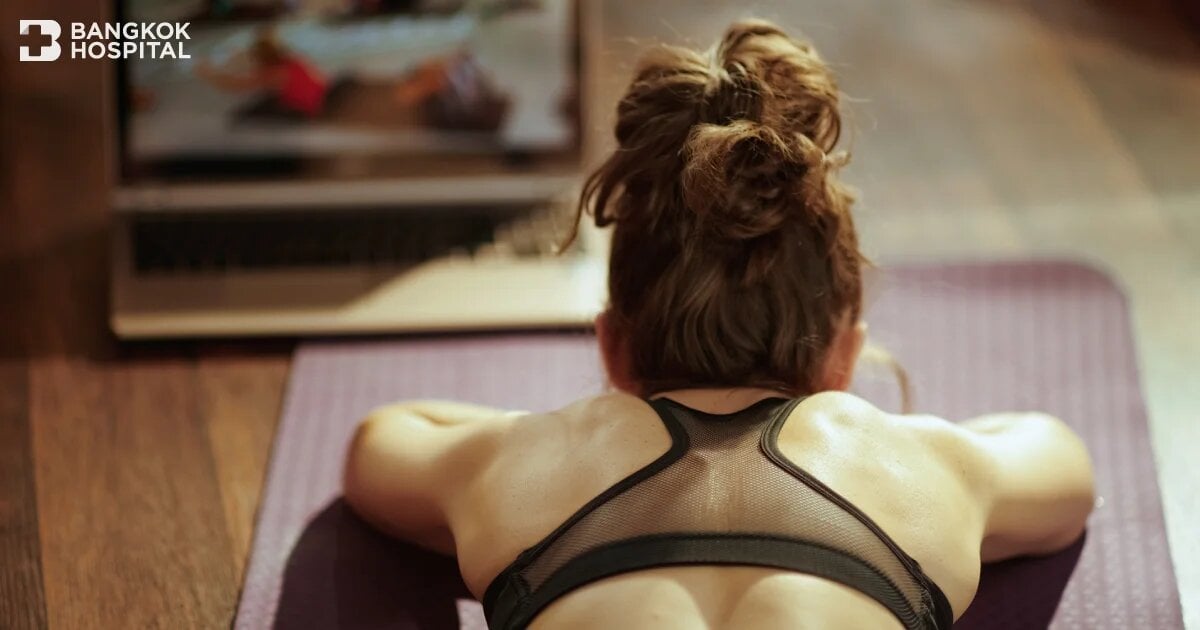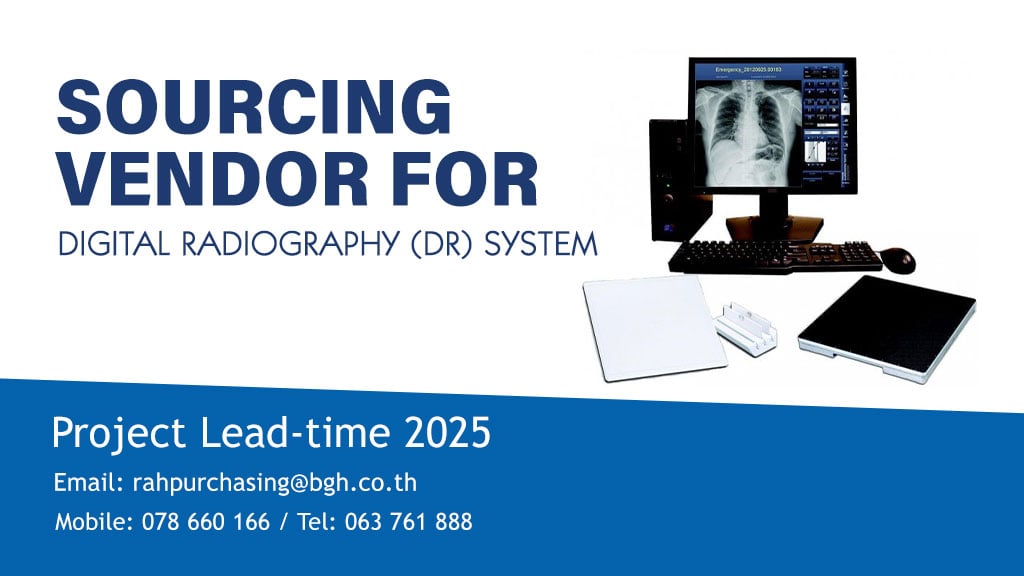Must-Know! Exercising With A Face Mask
During the pandemic of COVID-19, wearing a face mask while exercising in public has become a social norm. Different types of masks have varying degrees of airflow restriction, depending on the material and thickness. Professional athletes who have higher fitness levels may not feel the effects of a face mask as significantly as someone who is just starting to exercise. Attention should be paid to how the body responds to the workout while wearing a face mask, especially during conducting higher-intensity exercises. If abnormal sign develops, wearing a face mask and other exercise modifications can be adjusted accordingly.
Face Masks And Exercise
In spite of the consistency in the recommendation that people should wear face masks as a daily habit, wearing a mask during conducting physical activities or exercise might potentially cause negative impacts to the body. Since a face mask usually covers the mouth and nose, wearing a face mask while exercising may limit ventilation and impair oxygen levels, causing breathing difficulties, shortness of breath and chest tightness. However, respiratory effects generated by wearing a mask vary among individuals, depending on personal conditions, intensity level of exercise and the types of masks.
- Professional or amateur athletes: In general, athletes even who have a relatively high level of fitness should expect to experience fatigue faster when exercising with a face mask due to limited ventilation and reduced oxygen levels. However, athletes with regular training are prone to be more tolerant of wearing a mask while having moderate-intensity exercise. Performing high-intensity exercise might need increased ventilation if mask is worn during exercise. As a result, this might lead to breathing issues and impaired fitness level. A scientific-based attempt has been made to practically adapt face masks for professional athletes aiming at improving their physical fitness. Nonetheless, recent researches have indicated that wearing face mask during conducting a normal exercise does not enhance athletic performance. Instead, it helps strengthening the respiratory musculature by making it work harder, resulting in improved endurance capacity in well-trained athletes.
- People who do not exercise regularly or the elderly: Wearing a face mask during exercise might increase the risk of breathing problems since the body is not familiar to limited ventilation, therefore the heart and lungs tend to work harder than usual, resulting in increased risks of life-threatening conditions e.g. sudden cardiac death or heart attack.

Types Of Face Masks
Different masks have varying levels of airflow restriction, depending on purposes, material and its thickness. With fewer air, the body has less available oxygen to utilize during exercise, affecting respiratory system. Different types of masks include:
• N95 mask: N95 mask or respirator is a respiratory protective device designed to achieve a very close facial fit. N95 type is the most common particulate-filtering facepiece respirator. It can prevent viral droplets due to the efficient filtration of ultra small particles. However, N95 mask increases the effort in breathing and it may cause a significant discomfort while exercising. Although some N95 masks have an exhalation valve on the front, it does not help to breathe easier. Besides causing breathing difficulties and shortness of breath during conducting exercise, wearing N95 can reduce physical fitness level and performance.
• Surgical mask: A surgical mask is intended to be worn for preventing infections via liquid droplets and aerosols. If surgical mask is worn properly, it can also cause breathing issues and fatigue. And as the weather warms up, wearing surgical masks could become sweaty and uncomfortable, leading to more frequent touching of the face and nose which may increase the risk of viral transmission.
• Cloth mask: Even though a cloth mask is more convenient to wear and considered an alternative for personal protection, it cannot filter fine particles and prevent viral transmission during direct exposure to droplets produced by sneezing or coughing.
• Face covering: A cloth face covering should fully cover the mouth and nose while allowing comfortable breathing. It can be as simple as a scarf or bandana that ties behind the head. Even though a cloth face covering can reduce the droplet dispersion in case of sneezing or coughing, its effectiveness in filtering tiny particles or droplets is considerably limited, compared to surgical mask and N95. In addition, wearing a face covering at all times can also impair ventilation and induce breathing problems.
Given the current circumstances, at-home workouts is highly suggested in order to contain viral transmission and reduce risk of infections. If exercise is conducted in private or isolation areas, wearing face mask might be unnecessary. Especially outdoor exercise, social distancing must be strictly complied with since droplets contaminated with viruses from infected people when sneezing or coughing might spread further due to speed and wind velocity. To conduct a safe exercise, congested areas and vigorous-intensity exercise should be avoided. In addition, type of exercise and mask should be selected appropriated based on individual’s conditions. Furthermore, all preventive measures must be strictly followed. If any abnormal sign or symptom exhibits, medical attention must be sought as soon as possible.







